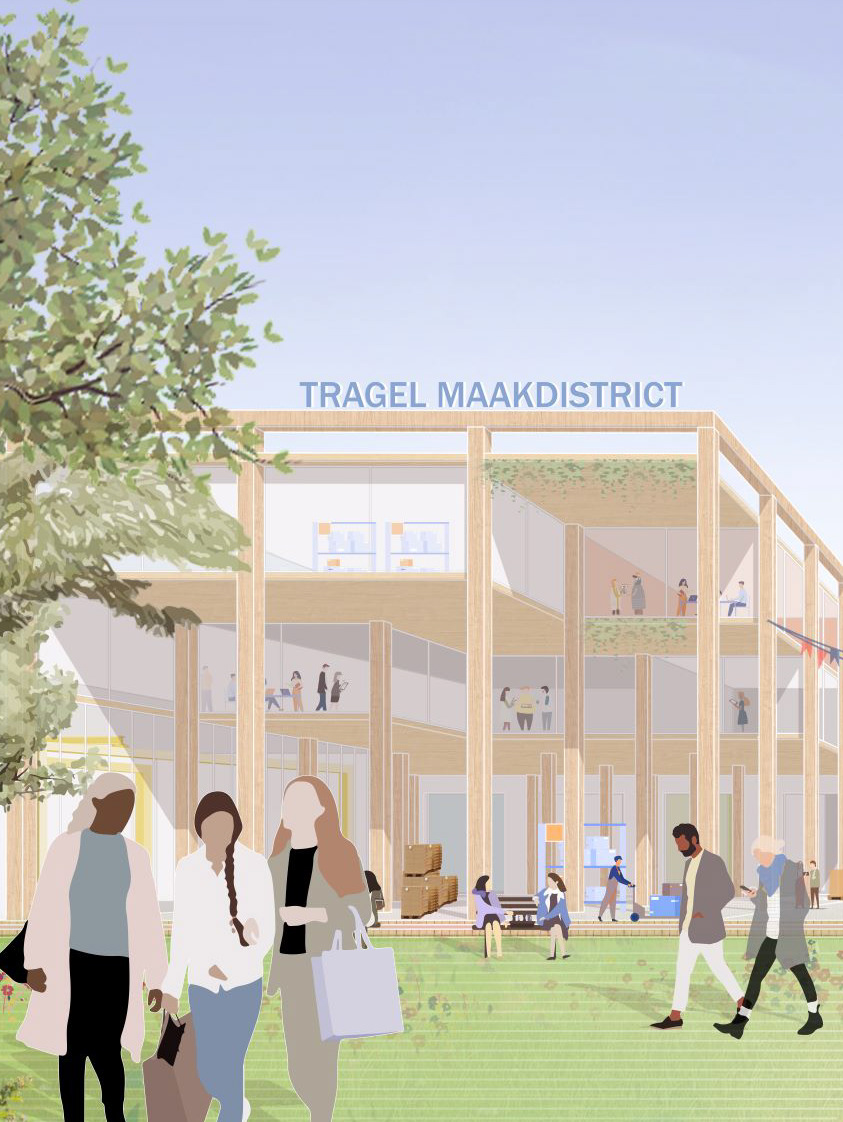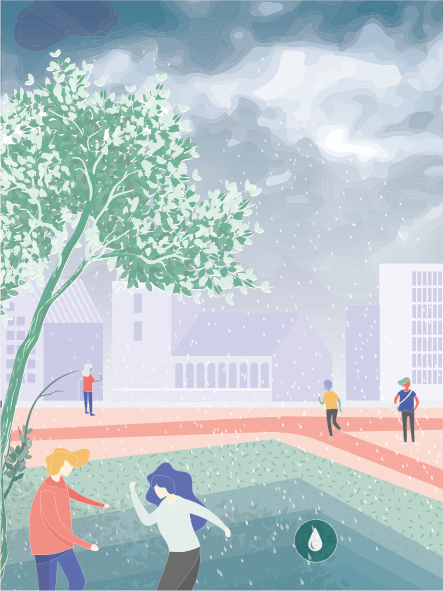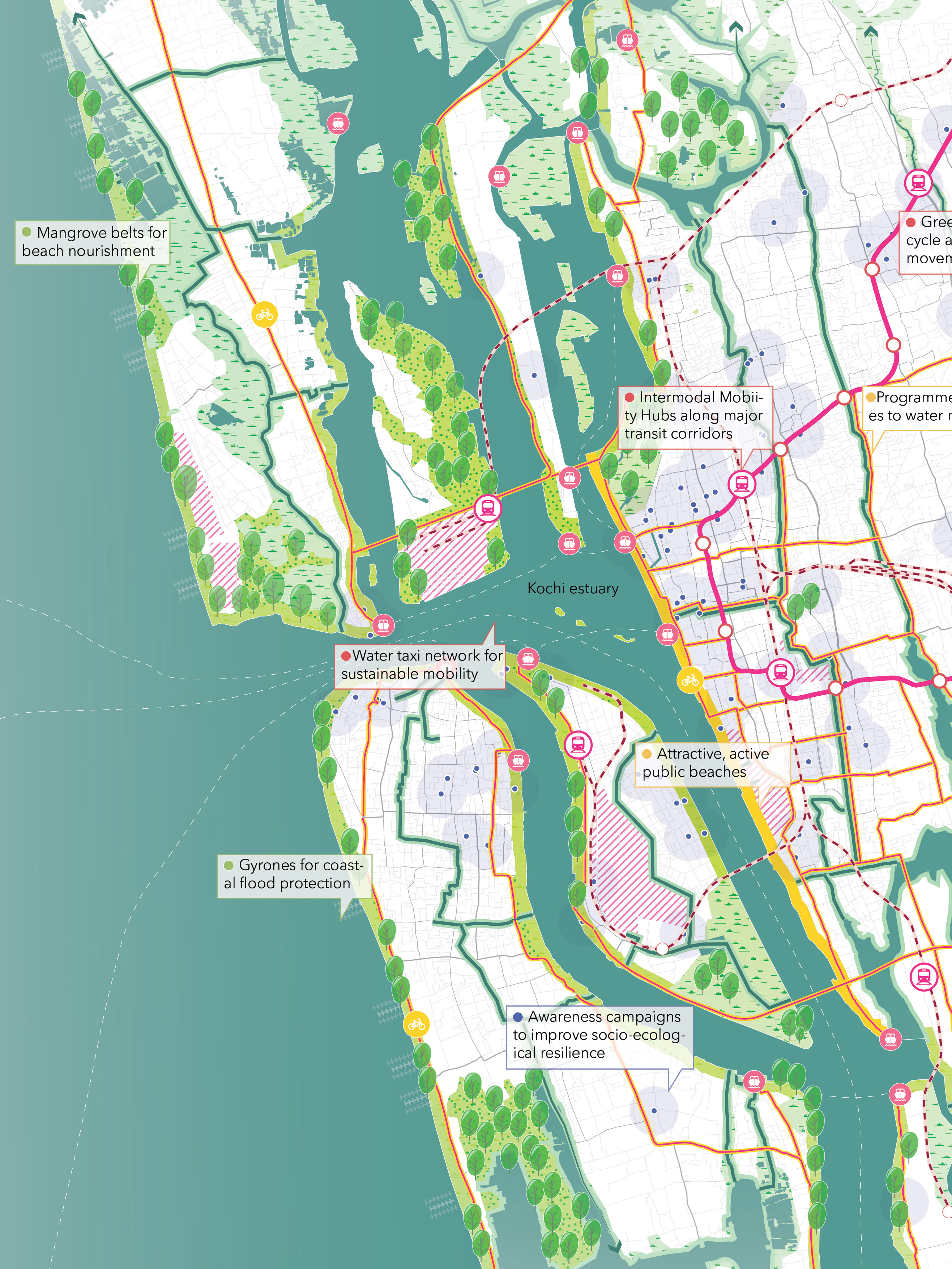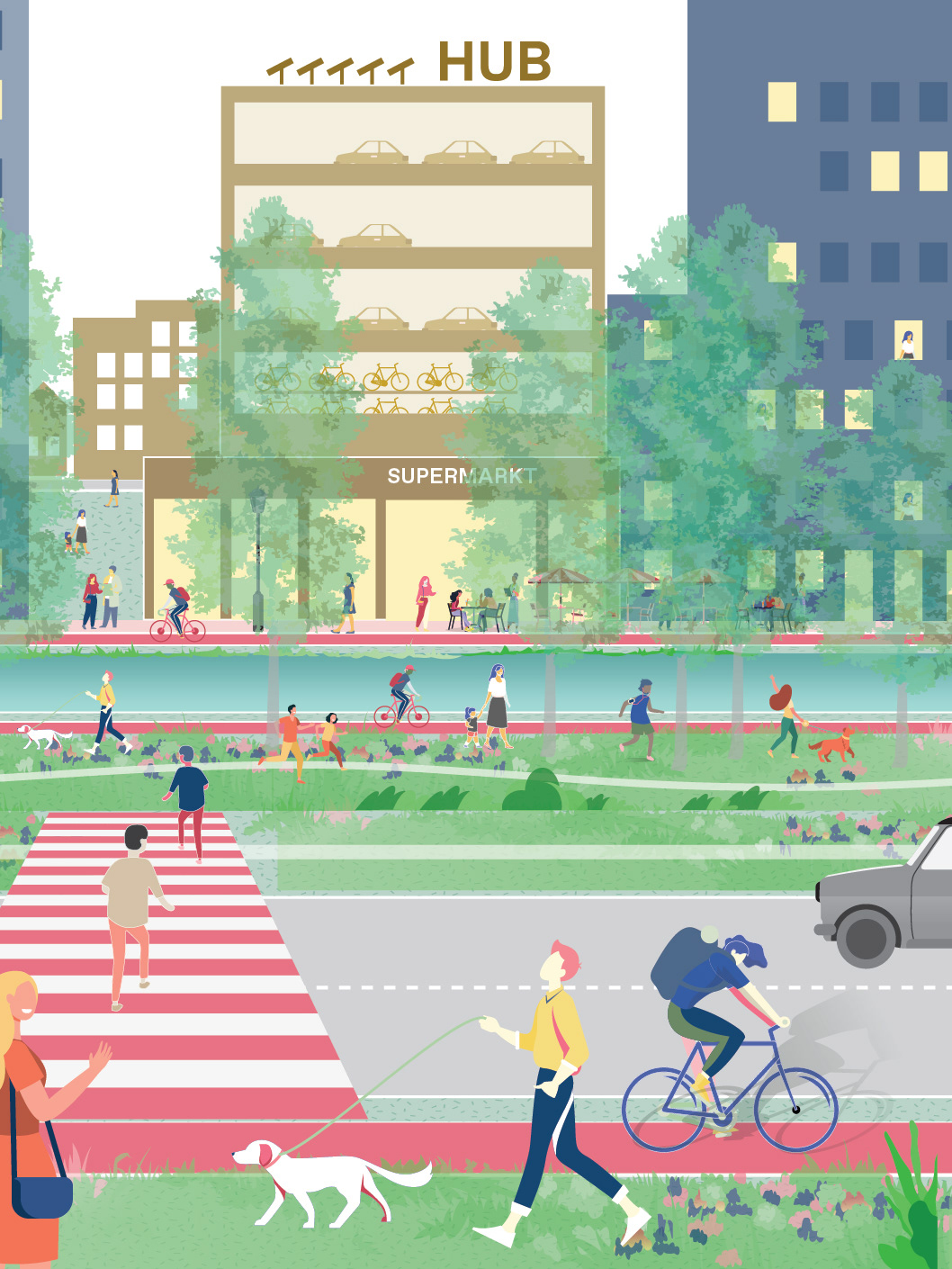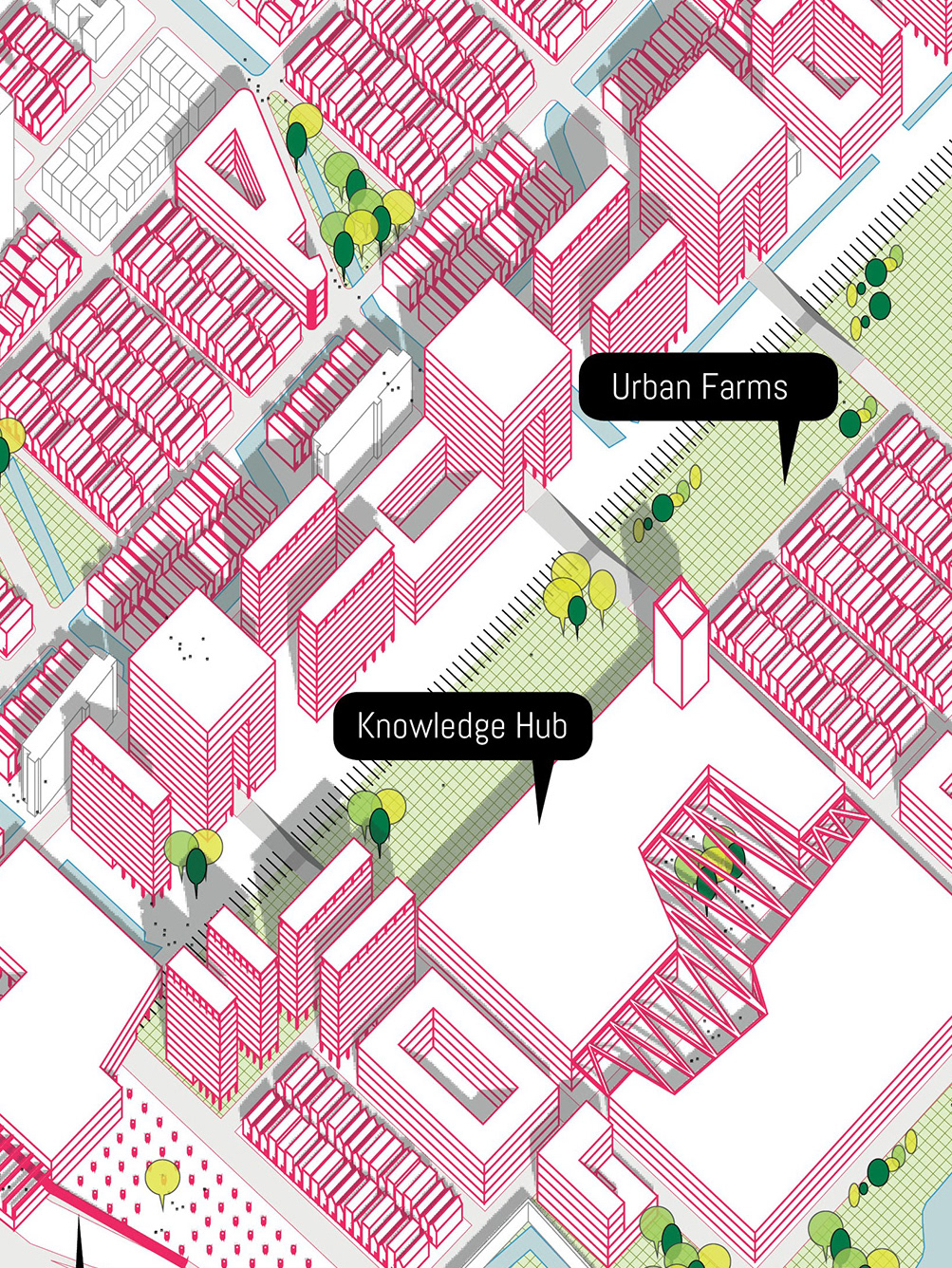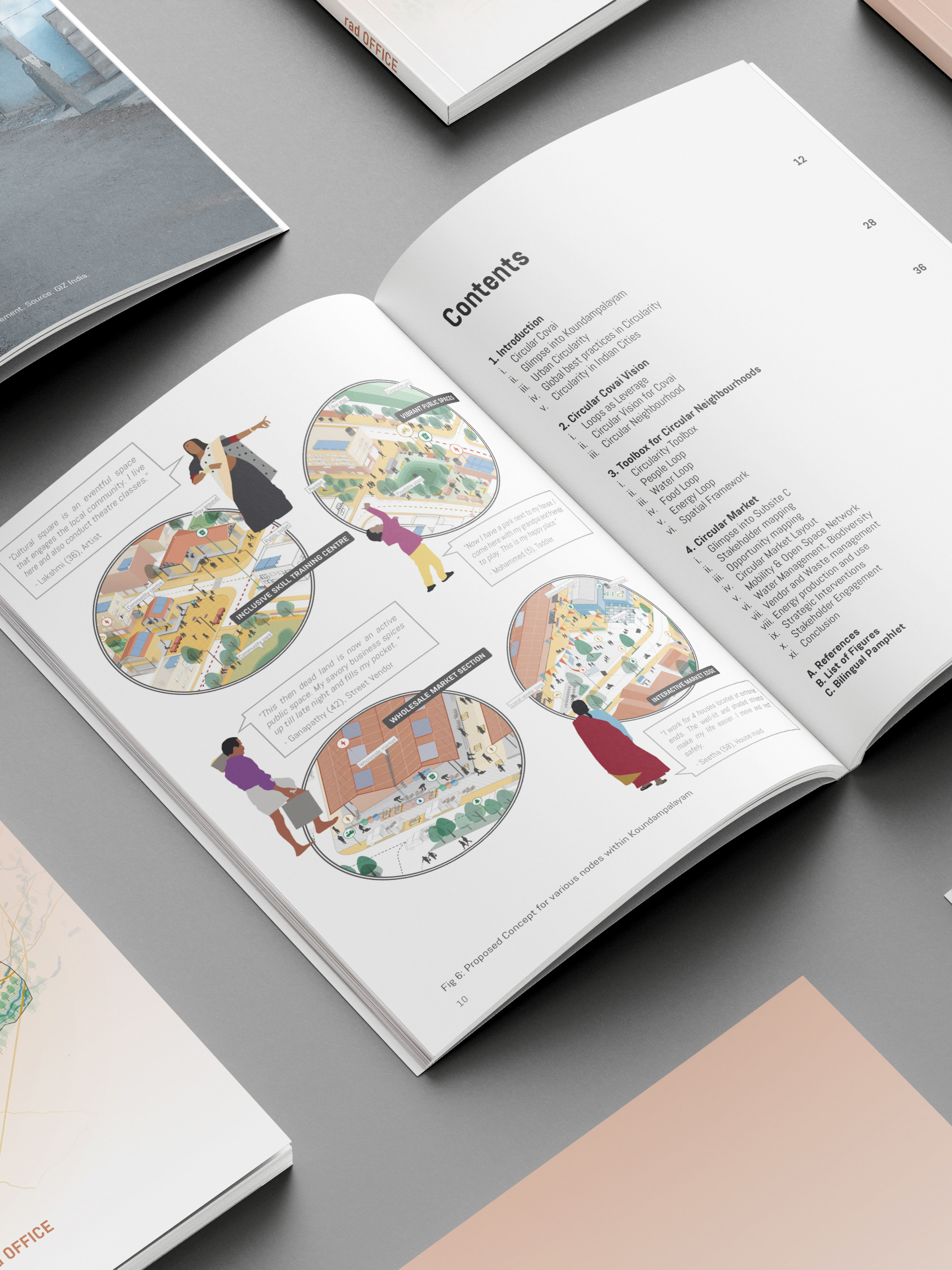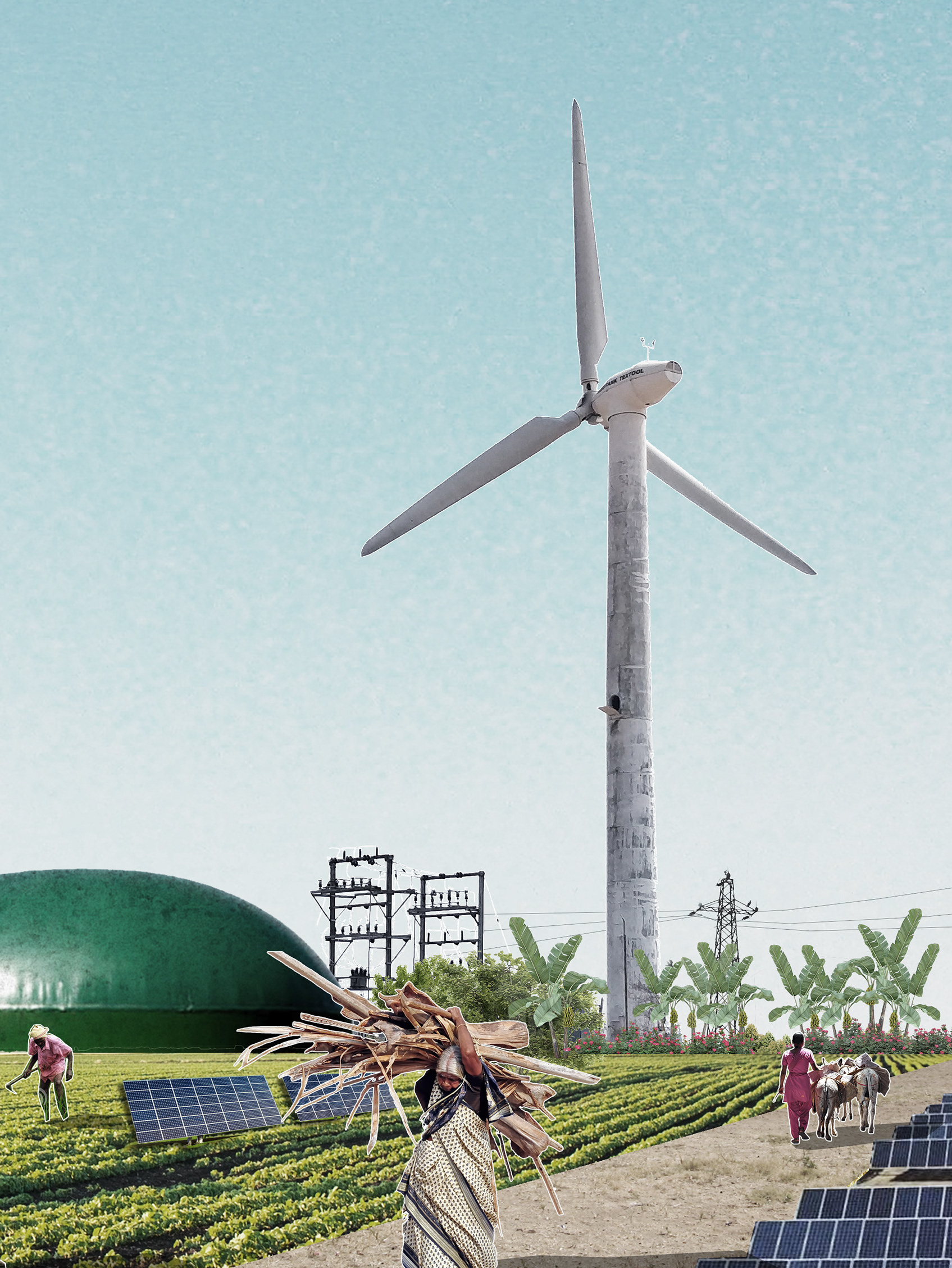Details
Studio: Bachlor's Graduation Project, 2015-2016
School of Architecture and Planning, Chennai
Mentors: Sitalakshmi KR
Location: Allahabad, India
Commendations: Winner of the SAP-Kohler Award for best graduation project
Year: June 2016
School of Architecture and Planning, Chennai
Mentors: Sitalakshmi KR
Location: Allahabad, India
Commendations: Winner of the SAP-Kohler Award for best graduation project
Year: June 2016
#UrbanDesign #Architecture
Landscape in Flux challenges the traditional notion of “permanence” given to architecture, by extracting design parameters from a shifting, temporal context. Ganga River in India was chosen as the subject of study, for which a cultural, temporal design interface was created to connect with the people. The ebb and flow of the river creates temporal landscapes that change with seasons. These shifting contexts become the base for multiple cultural and religious events like the Kumbh Mela, the largest human gathering in the world, on the river banks. The research was followed by a time-sensitive design that proposed an architecture that was in tune with the fluidity of the river. The shifting banks of the river and the episodal Kumbh Mela form the place and event that the project responds to.
Spatio-cultural analysis of Ganga River Basin
Rivers are the genesis of civilisation and over time become a cultural and spiritual symbol of the civilization itself. The seasonal variations in the water flow dictated the way of life- patterns, rituals and customs were established around the cyclic changes. On the broad sandy flats left by the receding river after the monsoon season, a temporary city is built for the Kumbh Mela, one of the largest human gatherings in the world. In this project, the ephemeral water-land interface at Allahabad, India was taken as the site for the manifestation of ‘architecture of tribute’ to the Ganga river- an assemblage of design interventions to address the socio- cultural and ecological significance of Ganga river. By creating a platform for the expression of rituals and activities along the river, the design aims to improve the flooding resilience of the area.
How does an architecture of tribute respond to the shifting, temporal nature of the context and river?
Time as a factor of design: The design is conceptualised in such a way that water levels of the river is the governing factor in determining form, function and sequence of spaces. The design responds to this seasonal change, and reacts to “time” rather than just space. Each year the receeding waters leave their mark on the building, land is given to the river and reclaimed seasonally- adding a layer of impermanence and temporality to the design.
